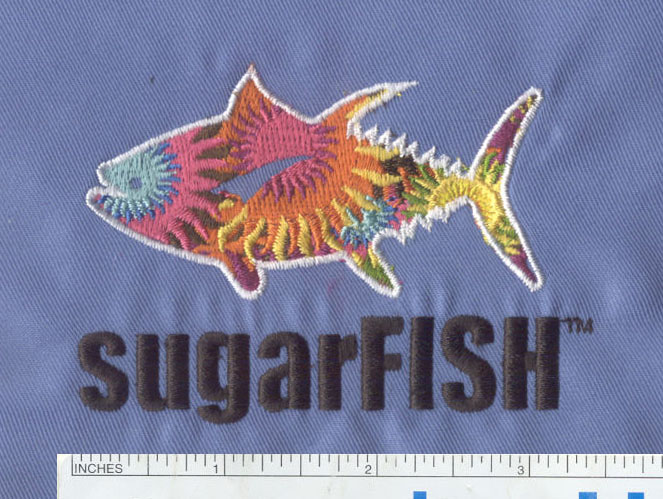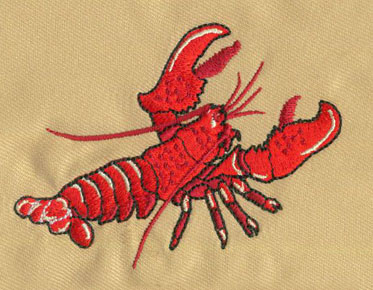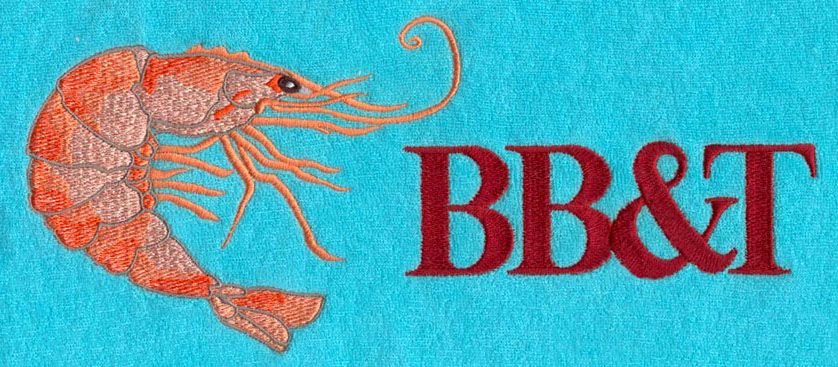Digitizing Vintage Embroidery Patterns for Modern Use: A Stitch in Time
Embroidery is a timeless art form that has been cherished across generations. Vintage embroidery patterns, with their intricate designs and historic charm, hold a special place in the hearts of enthusiasts. Digitizing these patterns allows us to preserve and adapt them for modern use. In this blog post, we will explore the process of digitizing vintage embroidery patterns and the numerous ways they can be brought to life in contemporary embroidery projects.
The Value of Vintage Embroidery Patterns
Vintage embroidery patterns are a testament to the craftsmanship and artistic expression of the past. These patterns often showcase intricate motifs, delicate floral designs, and exquisite details that reflect the aesthetics and sensibilities of bygone eras. They offer a glimpse into history and are treasured for their nostalgic appeal.
Why Digitize Vintage Embroidery Patterns?
Digitizing vintage embroidery patterns offers several advantages and opportunities:
● Preservation: Digitization helps preserve
these patterns by creating digital versions that are less susceptible to wear
and tear.
● Adaptation: Modern embroidery enthusiasts can adapt and use vintage patterns to
create contemporary pieces with a touch of nostalgia.
● Customization: Digitized patterns can be resized, rotated, and color-modified to suit
different projects and preferences.
● Accessibility: Digital patterns can be easily shared and distributed, making vintage
designs more accessible to a wider audience.
● Combining Styles: Merging vintage patterns with modern elements allows for creative expression and the development of unique embroidery designs.
The Process of Digitizing Vintage Embroidery Patterns
Digitizing vintage embroidery patterns requires a combination of technical skills and a deep appreciation for the art form. Here's a step-by-step guide to the process:
1. Select the Vintage Pattern
Choose the vintage embroidery pattern you want to digitize. This could be a design from an old embroidery book, a vintage textile, or a family heirloom. Scan or photograph the pattern to create a digital reference.
2. Prepare the Image
Clean the scanned or photographed image by adjusting contrast, brightness, and sharpness. This will enhance the details and make the pattern more visible.
3. Trace the Design
Using vector graphics software such as Adobe Illustrator or CorelDRAW, trace the design elements of the vintage pattern. This involves creating vector paths that follow the outlines of the original pattern.
4. Digitize Individual Elements
Break down the pattern into its individual elements, such as flowers, leaves, or motifs. Digitize each element separately, adding vector nodes to represent the contours.
5. Define Stitch Types
Select appropriate stitch types for each element. Common stitch types in embroidery digitization include satin stitches for smooth areas and fill stitches for larger, textured sections. Assign stitch lengths and densities based on the level of detail.
6. Add Color Information
Specify the colors for different elements of the pattern. Match them to embroidery thread colors using a color chart or guide.
7. Test Stitching
To ensure that the digitized pattern translates well to fabric, test it on a piece of scrap material. Make any necessary adjustments based on the test results.
8. Save in Embroidery File Format
Save the digitized pattern in a format compatible with embroidery machines, such as DST or PES. Ensure that the file is high-resolution and suitable for use with different embroidery equipment.
9. Documentation
Create documentation for the digitized pattern, including information about colors, thread types, and any special instructions for embroiderers.
Bringing Vintage Patterns to Life
Once vintage embroidery patterns are digitized, they can be used in various ways to create beautiful and meaningful projects. Here are some ideas for bringing these patterns to life:
1. Custom Apparel
Embroider vintage patterns onto clothing items such as blouses, dresses, and handkerchiefs for a touch of classic elegance.
2. Home Decor
Adorn pillows, curtains, tablecloths, and wall hangings with digitized vintage patterns to add a touch of vintage charm to your home.
3. Personalized Gifts
Create personalized gifts by embroidering vintage patterns onto towels, napkins, and monogrammed linens for special occasions.
4. Contemporary Art
Use digitized vintage patterns to create contemporary embroidery art pieces that merge the past with the present.
5. Embroidered Accessories
Embellish accessories like tote bags, hats, and scarves with vintage patterns for a unique and stylish look.
Challenges and Considerations
Digitizing vintage embroidery patterns can be a rewarding yet intricate process. Here are some challenges to be aware of and tips for success:
● Complexity: Vintage patterns may feature intricate details that require patience
and attention to digitize accurately.
● Stitch Density: Ensure that the stitch density is appropriate, as too many stitches in
a small area can make the fabric stiff.
● Thread Selection: Select threads that match the vintage color palette and maintain the
nostalgic feel.
● Test and Adjust: Always test the digitized pattern on a sample fabric before executing it on the final piece.
Preserving Tradition in the Digital Age
Digitizing vintage embroidery patterns allows us to preserve the beauty and
craftsmanship of the past while integrating them into our modern lives. The
process of digitization requires technical proficiency and creative vision,
offering embroidery enthusiasts the opportunity to blend the elegance of
vintage design with the convenience of digital technology. Whether you're an
embroidery aficionado or a creative soul with an appreciation for the past,
digitizing vintage patterns for modern use is a delightful journey into the art
of embroidery.



